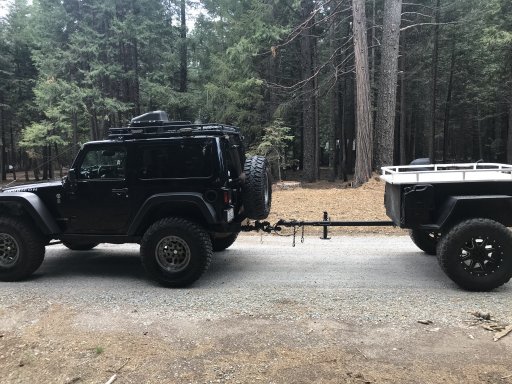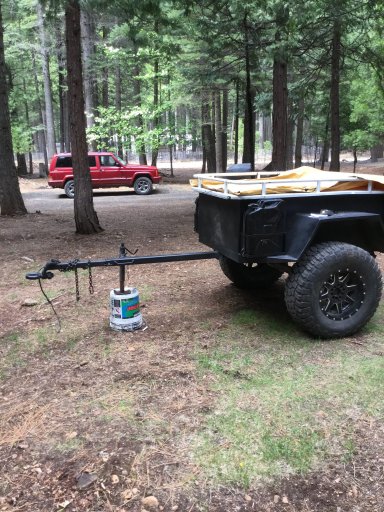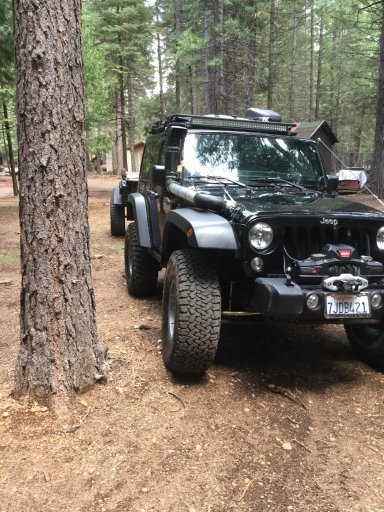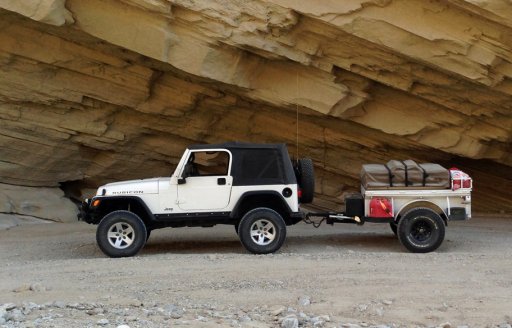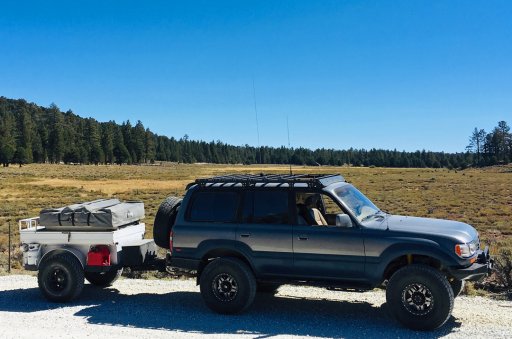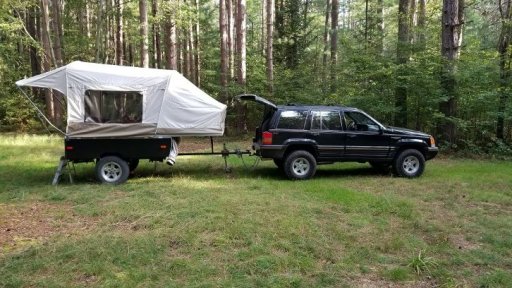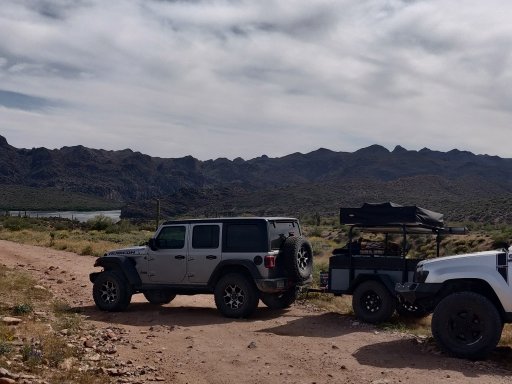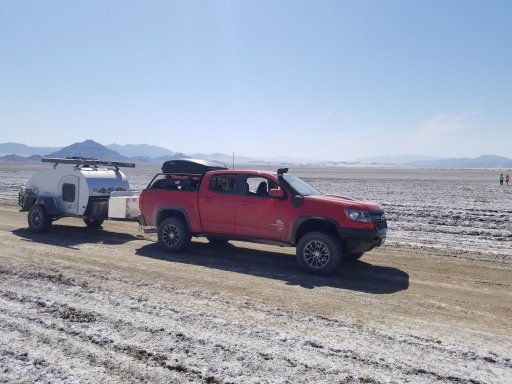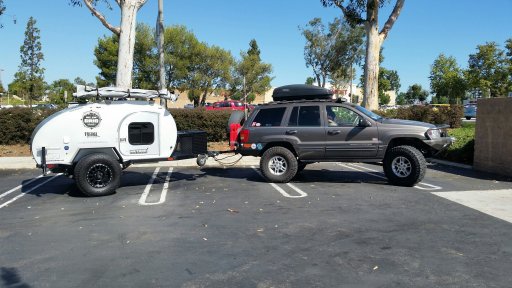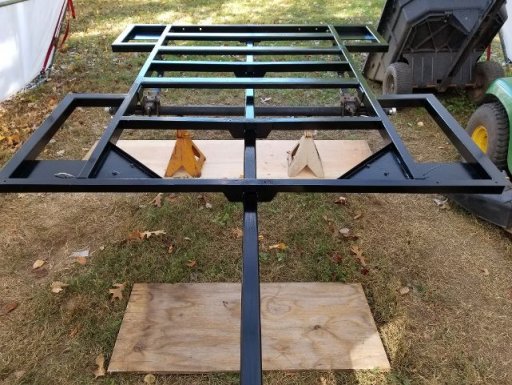I want to comment on the bent trucks and the linked video. They did a good job theorizing and a good job dispelling some of the myths. Where they hit it dead on was talking about the "crumple zones"
Here's some examples. 1988 GM comes out with a new gen truck. They lightened the frame for mileage,over all weight and designed the frame to absorb shock from collision. This did not cause an issue as long as you didn't overload the truck. No one evidently thought about lifting the truck on a "side by side" hoist. When we did, the truck bent. We also got trucks in with bent frames due to people overloading them.
1990, a stronger frame was released.
Ford Raptor. We have all seen pictures of the first gen Raptor with bent frames. All the same "theorizing" went on. The truck frame was designed to absorb impact and drive on dirt roads, not be abused on whoops and jumps.
Old truck frames were designed over kill. Strong and heavy. On collision, the energy was transferred through the vehicle into the passengers. When I was with GM, I attended classes on this and saw videos of the testing. The classes were more towards airbags but included frame/body also.
I'm building my first hard sided trailer. I spent a couple of years thinking about it and looking at what other people have done and watched how these trailers work off road in some of my groups.
A few things stood out to me in the builds. First was tongue length and tongue weight. The So Cal Tear Drop shop is near my house so I see these in person. The tongue weight is quite high by itself and they give you a real long space to add in all kinds of extra weight. Add in how far the axle is placed on the trailer and you have a very nice handling trailer for the street. Next, factor in the down force generated by the brakes. They are not the only ones who build like this.
One word come to mind here, "Leverage". Start with a modern frame designed to absorb. Add in a ton of leverage on the hitch. At this point whats happening on the frame? Your flexing the crumple area slightly. As the metal flexes like its designed to, there's going to be a focal spot on the frame where it goes from hard to soft. That area is going to fatigue. This is not something that happens instantly but over time.
Try to keep up with the guys not towing and hit an unseen dip. Now the frame starts to bend and you have a weak spot. You can guess the rest from there.
If the frame is fatigued but didn't bend, you would never know. Over the years I've looked at a bunch of bent frames from off-road. When we build desert trucks, we make the suspension do all the work and limit how much flexing the frame does. If you look into some of the older vehicles driven off road you find it wasn't uncommon to crack frames. These frames went designed to flex much but were forced to. They developed weak spots and cracked instead.
How do I prevent this? First and foremost, I balance my trailer load once I get to dirt. I shift the weight to the back and run almost no tongue weight. This takes most of the force off of my hitch and only leaves what down force generated by the brakes. I also back off how hard my trailer brakes grab off road. I have been doing this with my M-100 for decades as well as have my friends with trailers doing the same.
In my opinion, most "off-road" trailers are designed for pavement and graded dirt roads. To me this is obvious by the way the builders designed them. Add in modern frames, leverage and drivers who have little knowledge of how their truck is designed and this is what happens.


